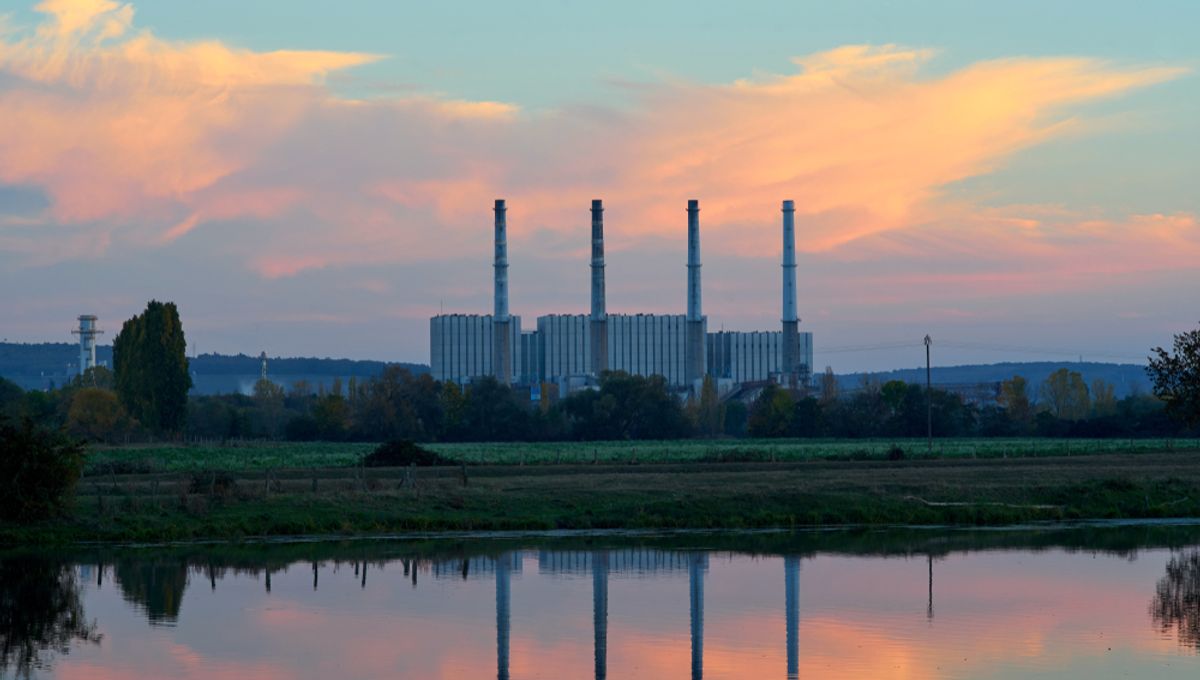
When geologists set out to probe beneath the old coal-mining region of Southeastern France, they were hoping to find a trove of fossil fuels locked deep within its subsoil. Much to their surprise, they stumbled across something even more enticing: what might be the world’s biggest known deposit of white hydrogen.
If their estimations are accurate, the region harbors up to 46 million tonnes of white hydrogen, which could potentially offer a carbon-neutral fuel to help the European Union transition away from dirty fossil fuels. Harnessing the power of this stuff, however, will be no easy feat.
The site is found in the Lorraine, a region of France once famous for coal mining, now best known for its quiche. While on the hunt for methane gas in the area’s coal-rich basin, a team from the University of Lorraine and France’s National Centre of Scientific Research (CNRS) probed the subsoil and picked up on unexpectedly high levels of hydrogen.
The further down they probed, the higher the concentrations. Concentrations of hydrogen were at around 15 percent at 1,093 meters (3,585 feet) deep, then 20 percent at 1,250 meters (4,101 feet) down. Their calculations estimate that concentrations could be as high as 98 percent at a depth of 3,000 meters (9,842 feet), although they are yet to reach this far.
“Our data indicates that the ground under the Lorraine mining basin is very rich in white hydrogen. If confirmed, this discovery could be a big step forward in the transition towards clean, climate-friendly energy sources,” Philippe de Donato, director of research at CNRS and researcher at the University of Lorraine, said in a statement this summer.
Hydrogen is the most abundant element in the universe, although it rarely exists in pure form and is typically found combined with other elements, such as combined with oxygen to make water.
When people talk about hydrogen as a fuel, they often talk in terms of colors. White hydrogen is essentially natural hydrogen in its naturally occurring molecular form, as opposed to “grey hydrogen” or “black hydrogen” which are produced via industrial processes that can pump out carbon. White hydrogen is particularly alluring as it doesn’t need processing and produces no greenhouse gas emissions when combusted, thereby offering a potential clean-burning energy source.
“It’s called ‘white’ because its production doesn’t generate greenhouse gases. Unlike ‘black’ and ‘grey’ hydrogen, which are manufactured by processing coal and natural gas respectively – in other words, fossil fuels that generate large amounts of [greenhouse gases] – white hydrogen is directly available,” explained Jacques Pironon, director of research at GeoRessources lab at the University of Lorraine.
“This gas is even more ecological than ‘green’ hydrogen, which is produced by the electrolysis of water using electricity from renewable energy – solar or wind. Indeed, these two energy sources are not neutral in terms of CO2 emissions, which are released throughout their production chain and during their transport,” added Pironon.
Given these carbon-free credentials, it holds the potential to become the fuel of the future, but there are humongous hurdles to overcome. First and foremost, there are currently no clear strategies for exploiting white hydrogen.
Even when it comes to this deposit in France, a huge amount of work lies ahead. Initially, they need to prove that the concentration of hydrogen keeps increasing at depths greater than 1,200 meters (3,937 feet), which is as far as their current probes can go. Beyond this, there are many question marks about how this fuel could be harnessed – and whether there will be a viable market for it.
Nevertheless, the project is slowly gathering steam. In light of these recent discoveries, Française de l’Énergie, a France-based company involved in gas exploration, has applied for a mining exploration permit in an area covering 2,254 square kilometers (870 square miles) of the Lorraine region.
[H/T: Ars Technica]
Source Link: World's Biggest White Hydrogen Deposit May Have Been Found Under France